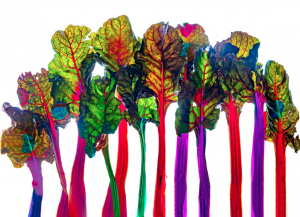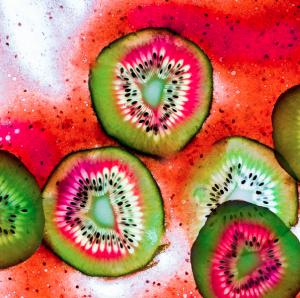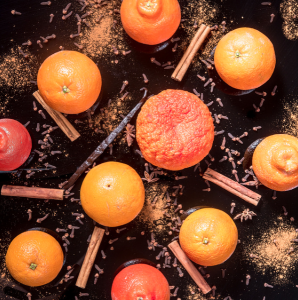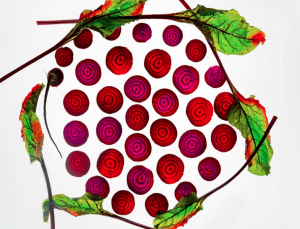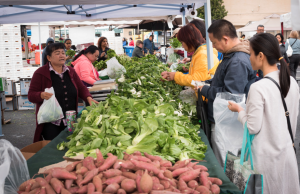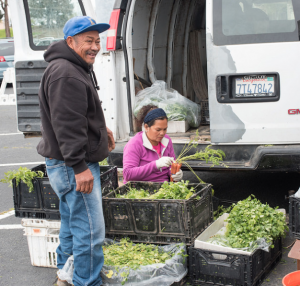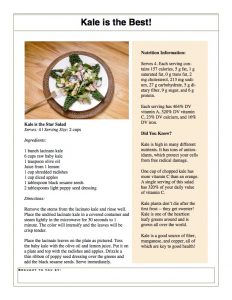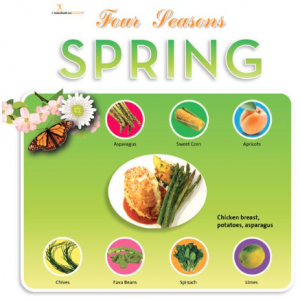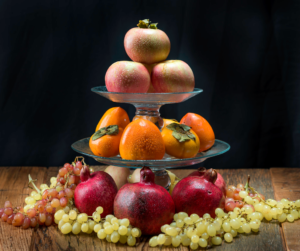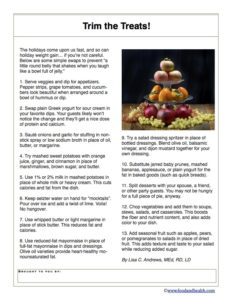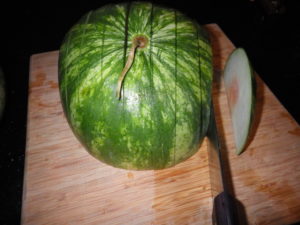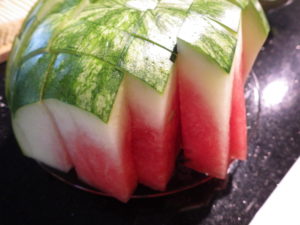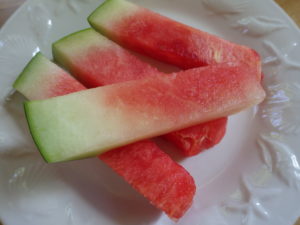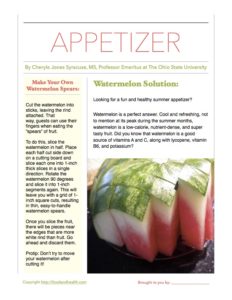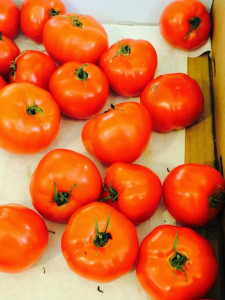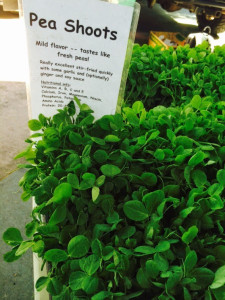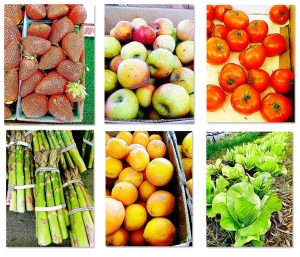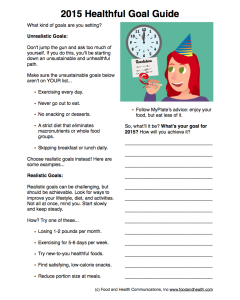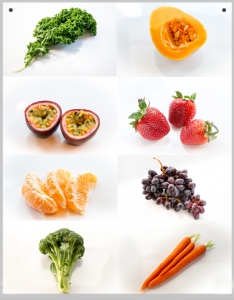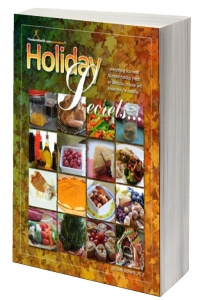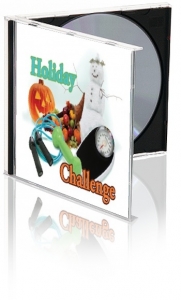Spring is a time for the farmer’s markets to come to life. This early season often brings many kinds of greens that are delicious in salads, soups, pasta, and steamed dishes.
Here are a few tips to make the most of the spring markets…
- Take cash. Most of the farmers accept cash. Small bills are always a good idea and will help you move quickly through the market.
- Go early. Getting there early ensures close parking, great selection, happy farmers, and the ability to walk through the stalls at your desired pace.
- Bring sturdy reusable bags. A grocery store bag (or five) is always a good idea. With these study bags, you can easily carry what you purchase without juggling an armload of produce or ripping thin plastic bags.
- Stock your kitchen. If you are buying greens, make sure you have oil, vinegar, onions, garlic, and other flavoring agents to use with them once you get home. While at the market, consider the fresh young green onions and garlic, lemons, and flavored vinegars to use these culinary nutrition prizes in your cooking as well.
- Grab some greens. Many greens can do double duty as fresh salad greens and steamed greens. Serve them raw when you first get home and cook them later in the week as they age. Spinach, kale, chard, and arugula are examples of these multi-tasking champions.
- For a fresh salad, rinse your greens well and spin them dry. Shred or chop them, then toss with oil, vinegar, grated carrots, and a few of your favorite seasonings. Citrus such as lemons and limes, along with fresh herbs, can bring delightful flavors that accent the bitterness of the greens. Sweet carrots, acidic vinegar, and bitter greens are a culinary delight.
- Steaming greens is also very easy. Why not sauté some fresh garlic or onions in a little olive oil and then add the rinsed greens to the pan, tossing quickly for a minute? That’s all you need to do for a tasty spring side dish!
- Explore roots and tubers. Take a look at the carrots, beets, and other baby root vegetables and bring some home to add to salads and meals during the week. Don’t be afraid to try something new. Tips and recipes are but a Google search away. You can also contact us if you need help!
I hope this helps you and your clients make the most of spring markets!





